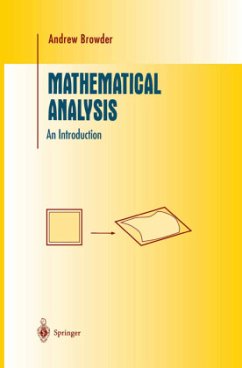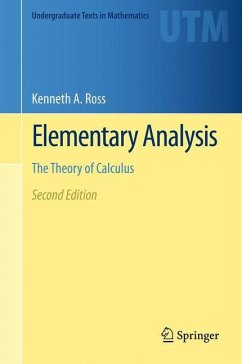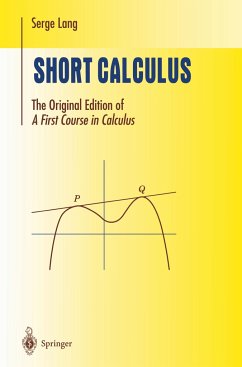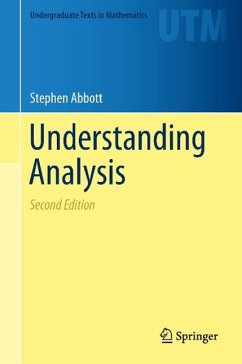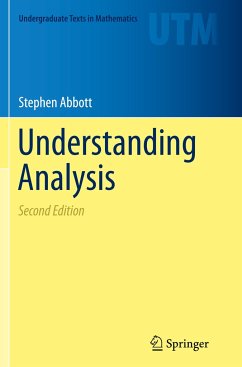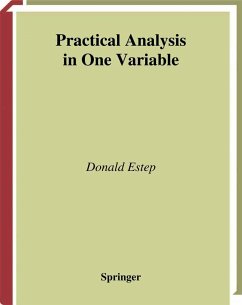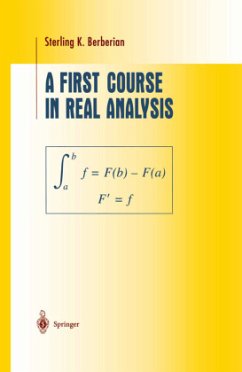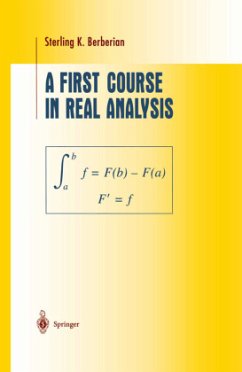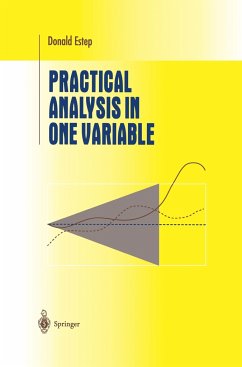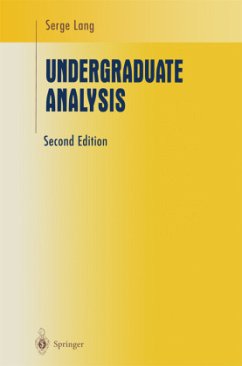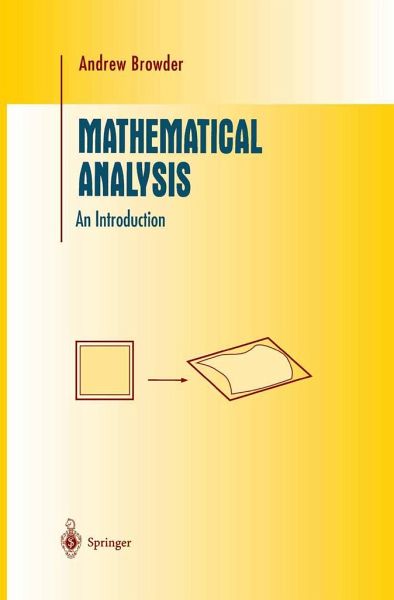
Mathematical Analysis
An Introduction
Versandkostenfrei!
Versandfertig in 1-2 Wochen
38,99 €
inkl. MwSt.
Weitere Ausgaben:

PAYBACK Punkte
19 °P sammeln!
This book introduces analysis, from the basics of mathematical proposition and proof to differentiation, integration and more. Includes Stokes theorem and such applications as Brouwer's fixed point theorem, and the Dirichlet principle for harmonic functions.
This is a textbook suitable for a year-long course in analysis at the ad vanced undergraduate or possibly beginning-graduate level. It is intended for students with a strong background in calculus and linear algebra, and a strong motivation to learn mathematics for its own sake. At this stage of their education, such students are generally given a course in abstract algebra, and a course in analysis, which give the fundamentals of these two areas, as mathematicians today conceive them. Mathematics is now a subject splintered into many specialties and sub specialties, but most of it can be placed roughly into three categories: al gebra, geometry, and analysis. In fact, almost all mathematics done today is a mixture of algebra, geometry and analysis, and some of the most in teresting results are obtained by the application of analysis to algebra, say, or geometry to analysis, in a fresh and surprising way. What then do these categories signify? Algebra is the mathematics that arises from the ancient experiences of addition and multiplication of whole numbers; it deals with the finite and discrete. Geometry is the mathematics that grows out of spatial experience; it is concerned with shape and form, and with measur ing, where algebra deals with counting.






